Chus Martinez On Furry Fandom Fetish
Posted: February 20, 2013 Filed under: alt-porn, Chus Martinez, fetishism, sex | Tags: Anthrocon, cosplay, cybersex, Dragon's Eye Productions, erotic art, fetish, Furcadia, furry convention, furry fandom, furry lifestyle, furry lifestyler, furryMUCK, fursonas, fursuitism, fursuits, Kimba The White Lion, plushophilia, Richard Adams, Robin Hood, Second Life, sex, sex wear, sexual attraction, Tapestries MUCK, Watership Down, yiff, zoophilia Leave a commentFurry fandom is a subculture interested in fictional anthropomorphic animal characters with human personalities and characteristics. Examples of anthropomorphic attributes include exhibiting human intelligence and facial expressions, the ability to speak, walk on two legs, and wear clothes. Furry fandom is also used to refer to the community of people who gather on the Internet and at conventions connected to these interests and related sexual activities.
The specific term furry fandom was being used in fanzines as early as 1983, and had become the standard name for the genre by the mid-1990s, when it was defined as “the organized appreciation and dissemination of art and prose regarding ‘Furries’, or fictional mammalian anthropomorphic characters.” However, fans consider the origins of furry fandom to be much earlier, with fictional works such as Kimba, The White Lion released in 1965, Richard Adams’ novel Watership Down, published in 1972 (and its 1978 film adaptation), as well as Disney’s Robin Hood as oft-cited examples.
During the 1980s, furry fans began to publish fanzines, developing a diverse social group that eventually began to schedule social gatherings. By 1987, there was sufficient interest to stage the first furry convention. Throughout the next decade, the Internet became accessible to the general population and became the most popular means for furry fans to socialize and meet furry sex partners. The newsgroup alt.fan.furry was created in November 1990, and virtual environments such as MUCKs also became popular places on the Internet for fans to meet and communicate.
Some furry fans create and wear costumes, commonly known as fursuits, of their characters. Some fans may also wear “partial” suits consisting simply of ears and a tail, or a head, paws, and a tail. Anthropomorphic animal characters created by furry fans, known as fursonas, are used for role-playing in MUDs, on internet forums, or on electronic mailing lists.
The longest-running online furry role-playing environment is FurryMUCK, although it has been eclipsed in the area of text-mode role-playing by Tapestries MUCK. Another popular online furry social game is called Furcadia, created by Dragon’s Eye Productions. There are also several furry-themed areas and communities in the virtual world Second Life. Role-playing also takes place offline, with petting, hugging and “scritching” (light scratching and grooming) common between friends and playmates at social gatherings. Fursuits or furry accessories are used to enhance the experience.
The phrases furry lifestyle and furry lifestyler first appeared in July 1996 on the newsgroup alt.fan.furry during an ongoing dispute within that online community. The Usenet newsgroup alt.lifestyle.furry was created to accommodate discussion beyond furry art and literature, and to resolve disputes concerning what should or should not be associated with the fandom; its members quickly adopted the term furry lifestylers, and still consider the fandom and the lifestyle to be separate social entities. They have defined and adopted an alternative meaning of the word furry specific to this group: “a person with an important emotional/spiritual connection with an animal or animals, real, fictional or symbolic.”
A 2007 survey examined what it meant to be a furry, and proposed a taxonomy in which to categorise different “types” of furries. The largest group — 38% of those surveyed — described their interest in furry fandom predominately as a “route to socializing with others who share common interests such as anthropomorphic art and costumes.” However they also identified furries who saw themselves as “other than human”, and/or who desired to become more like the furry species which they identified with.
According to four different surveys, 14–25% of the fandom members report homosexuality, 37–52% bisexuality, 28–51% heterosexuality, and 3–8% other forms of alternative sexual relationships. Of the furry fans that reported being in a relationship (approximately half of the surveyed population), 76% were in a relationship with another member of furry fandom. Examples of sexual aspects within furry fandom include erotic art and furry-themed cybersex. The term “yiff” is most commonly used to indicate sexual activity or sexual material within the fandom—this applies to sexual activity and interaction within the subculture whether in the form of cybersex or offline.
Sexual attraction to furry characters is a polarized issue within the fandom; in one survey with 4300 furry respondents, 37% answered that sexual attraction is important in their furry activities, 38% were ambivalent, and 24% answered that it has little or nothing to do with their furry activities. In a different online survey, 33% of furry respondents answered that they have a “significant sexual interest in furry”, another 46% stated they have a “minor sexual interest in furry”, and the remaining 21% stated they have a “non-sexual interest in furry”. The survey specifically avoided adult-oriented websites to prevent bias.
A portion of the fandom is sexually interested in zoophilia, or in fursuitism, although a majority take a negative stance towards the former. In a survey conducted in 1997-1998, about 2% of furry respondents stated an interest in zoophilia, and less than 1% an interest in plushophilia, though the survey’s accompanying study doesn’t comment on these results, and in another survey in 2008 attempting to replicate the results, 17% of respondents reported zoophilia. The survey’s accompanying study suggested that the older, lower results were due to respondents being susceptible to social desirability bias.
A reporter attending Anthrocon 2006 noted that “despite their wild image from Vanity Fair, MTV and CSI, furry conventions aren’t about kinky sex between weirdos gussied up in foxy costumes”, that conference attendees were “not having sex more than the rest of us.”
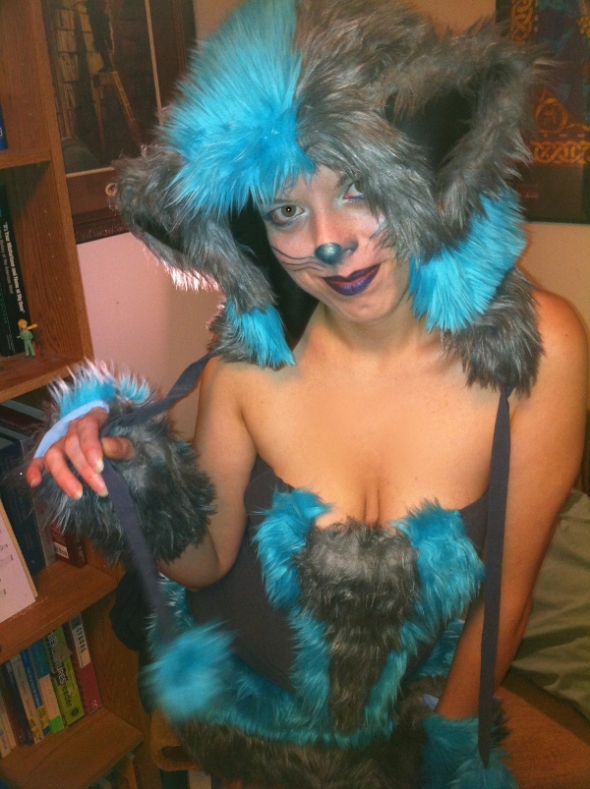


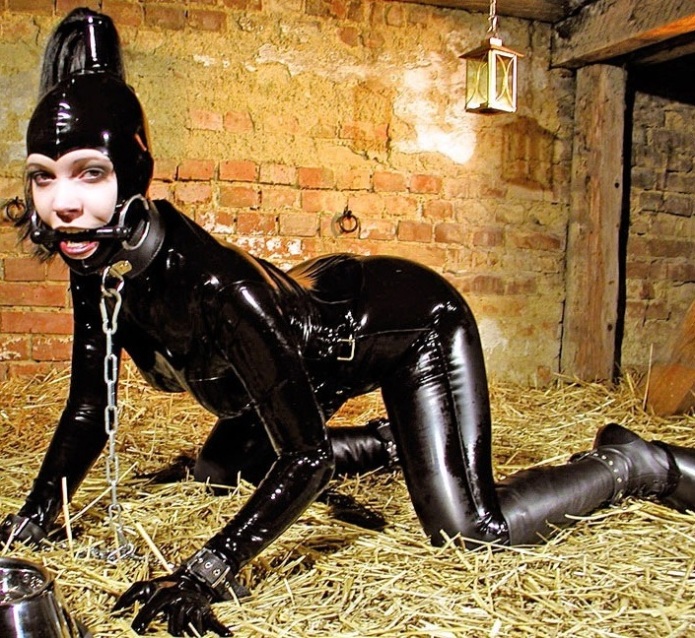
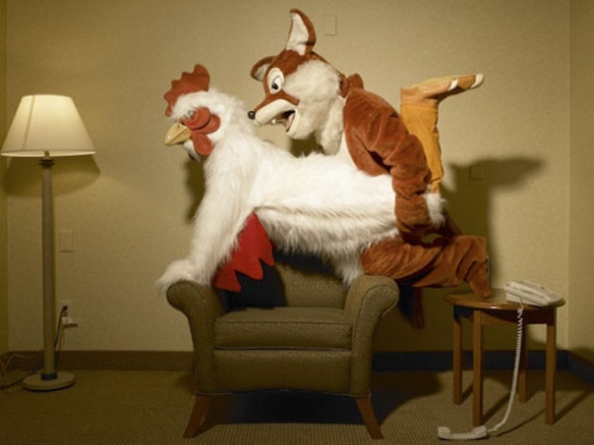
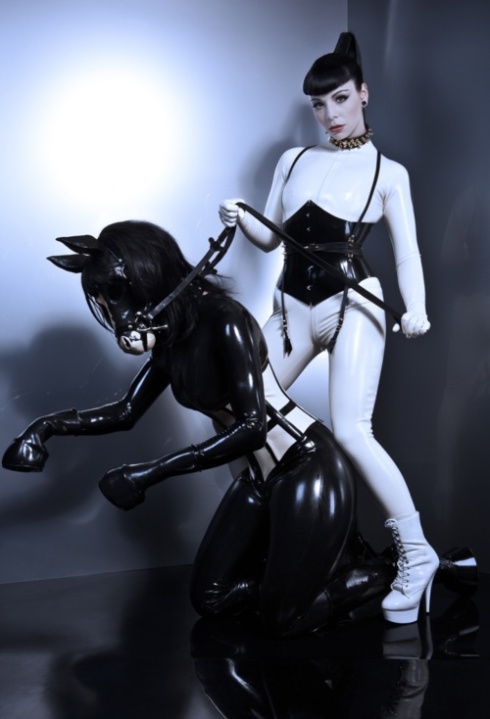
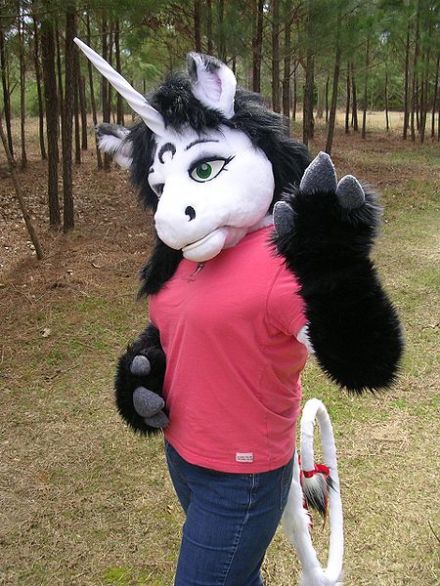

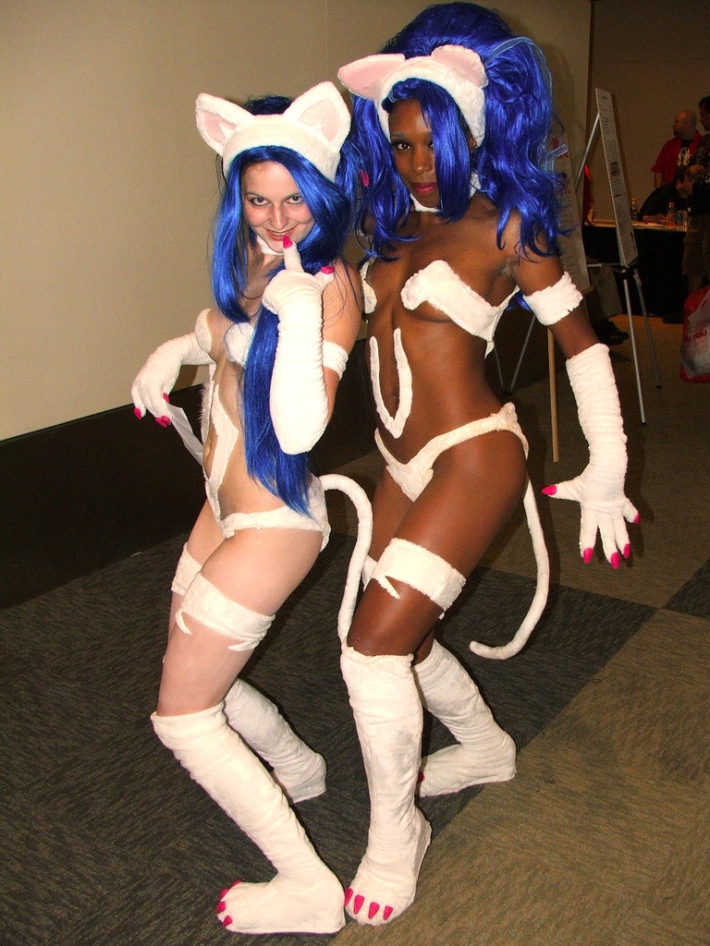



Recent Comments